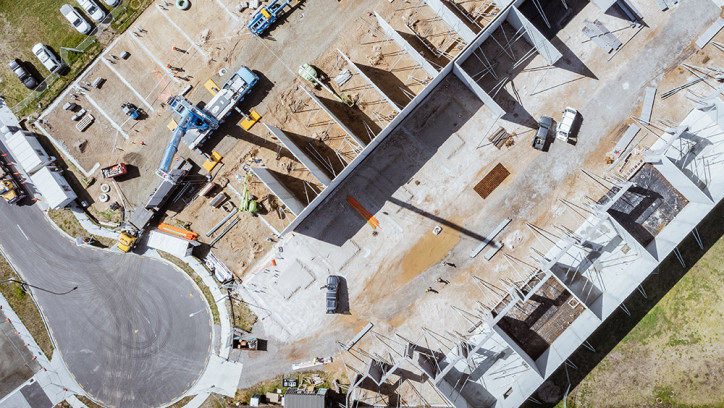Understanding seismic assessments
Last updated: 3 December 2024

Understanding seismic risk is key in making decisions about seismic assessments
Making risk-informed decisions
When considering seismic assessments, it is important that building owners and users understand the risk to their buildings, and how to best make decisions in light of this risk.
The purpose of seismic assessments is to inform building owners and users about their building vulnerabilities, encourage strengthening of vulnerable buildings and lead to the improvement of our building stock over a reasonable time period. When the outcome of a seismic assessment is a low %NBS rating, this should be a trigger for planning, funding and implementing a seismic upgrade, addressing the identified vulnerabilities and mitigating risk.
Occupancy decisions should not be made until you have received a detailed seismic assessment (DSA) that, if necessary, has been independently reviewed, and have had time to discuss and work through Part B of the guidance document with your engineer and other key stakeholders.
Seismic risk guidance for buildings
The seismic assessment does not change the seismic vulnerability of your building. It is worth taking time to carefully review and understand the DSA so that you can decide how best to manage the risk without creating unintentional harm.
It is very difficult to reverse a building closure decision, so make sure you are confident in the information you have received and decision process you have followed.
It is important to remember that you can never eliminate seismic risk. Even if a building is vacated, staff and building users will be exposed to seismic risk in their homes and other buildings. However, seismic risk can be mitigated through emergency planning and training, as well as restraining plant, services, and contents within the building.
Understanding percentage of New Building Standard
The percentage of New Building Standard (%NBS) is an index used to characterise the expected seismic response of a building to earthquake shaking. It identifies buildings that represent a higher seismic risk than a similar new building, built to the minimum life safety requirements of the Building Code (or New Building Standard).
The aim of the %NBS metric is to provide a relative assessment of seismic risk. It is not a predictor of building failure in any particular earthquake. In most cases, seismically vulnerable buildings can be occupied while you plan, fund and then undertake seismic remediation work.
The %NBS metric was specifically developed to support the implementation of the earthquake-prone building legislation. The legislation seeks to quantify the seismic performance of buildings in relation to an equivalent new building, and a simple metric was needed to classify buildings. %NBS building ratings were not intended to be used to support building occupancy decisions.
Seismic risk guidance
We have released guidance to help building users, tenants and owners understand seismic assessments of their buildings and make risk-informed decisions about continued occupancy of these buildings when they have a low seismic rating.